What The Googleplex's Original Architect Thinks Of Google's New Headquarters
What The Googleplex's Original Architect Thinks Of Google's New Headquarters
Co.Design
Eleven years ago, before Google’s new proposal for a spectacular, allegedly moveable series of transparent circus tents designed by Thomas Heatherwick and BIG, Clive Wilkinson Architects designed the first Googleplex in Mountain View, Calif. It was 2 million square feet—Pentagon-scale architecture—inspired by a university, where free meals, open floor plans, and cozy nooks for meetings reigned supreme.
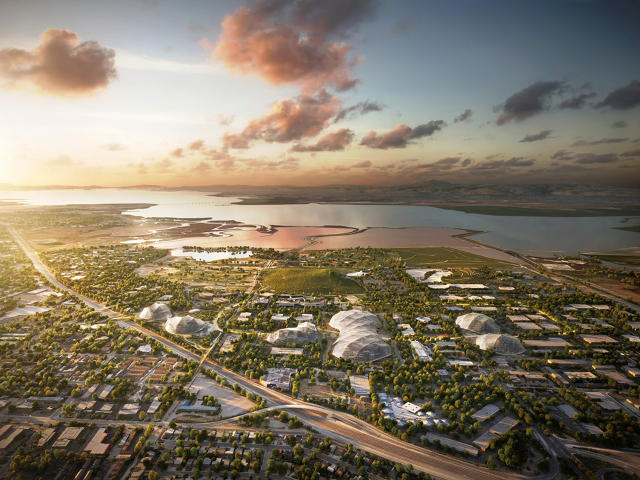
Google plans to keep Wilkinson's core Googleplex buildings intact, but we were interested what he—as the architect behind the original Googleplex—thinks about Google’s proposed addition. So we called him up to ask. (Wilkinson was not invited by Google to submit a design for the new headquarters, but Google is still his client; his firm is currently* working with the company on a project under a nondisclosure agreement.)
Wilkinson sees the new Google campus as a milestone in reusable, flexible architecture—something that can be literally reshaped to create collaborative environments as Google's teams and projects evolve.
Well, what do you think?
I think it’s brilliant. I’m pleased in the selection of these two architects. I count both of them as friends, and putting them together when they're so different is kind of genius.
What’s so impressive about the new headquarters?
These are very, very big structures. I think what’s great about it is they're dealing with a large [employee] community. It’s a huge challenge for Google now. They’re probably 10 times the size they were when we worked with them in 2004.
The challenge is, how do you retain a sense of community without it fragmenting a corporate entity? I think this is very radical proposal. It seems extremely community-oriented, extremely people-oriented. The idea of multiple places for enjoying nature and the outdoors being integrated, these moves are extremely positive.
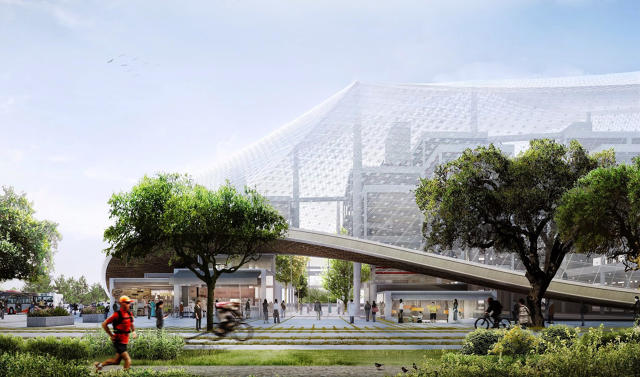
Yeah, the thing is really like a giant greenhouse.
I was thinking, it reminds me of something else that happened 165 years ago: Joseph Paxton’s Crystal Palace in London, probably the most convulsive event of the 19th century. It demonstrated the potential of glass and steel in large buildings, ushering in an age of lighter construction, which led to the development of skyscrapers and the iconography (good or bad) of the modern city. It doesn’t exist now because it burned down 100 years ago, but it was Earth-shattering. Glass in buildings completely changed going forward.
But it couldn’t really last. The glass was fragile, heat buildup was a huge issue. It was very primitive. The internal space they’re showing here reminds me very strongly of that moment in architectural history. Probably the only reason it's capable of being done successfully today is that we have incredible industrial materials. This is something we could do today in 2015 that has probably never been possible in history.
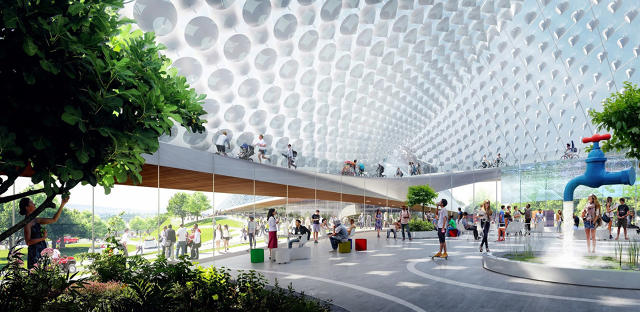
So what’s the actual breakthrough making the Crystal Palace possible now? Is it the material of the tent itself?
They have a massive tech challenge with making a roof like that. For one thing, you still need to modulate the amount of sunlight that comes in. Almost everyone is working on a screen. Most screens under a lot of sunlight are hard to read, meaning working outside has mostly been a fantasy.
The roof has to be light-sensitive, and temperate, vis-a-vis heat build up of the sun, and heat loss is an issue also. Bringing nature in, like trees into a building, hasn't been easy either. That’s a challenge this roof will have to adapt to. How do you get the right sunlight within the building so nature thrives and doesn’t wither?
From the video, I see they are playing with adjustable technologies to moderate these issues. The tent is going to be miraculous, in that it changes its shadow and light quality at different times of day. It can be modulated and tuned—you know how you can play with the sunroof of your car? I saw them playing with expandable umbrella shapes, using those to adjust the light. And you’ll be able to augment transparency of the tent material.
But I think it’s still very much a sketch. It’s clear they’ve got a long way to go on the tech. There’s not a lot of engineering information out there yet. I’d see this project running for a couple years in refinement before it can break ground.
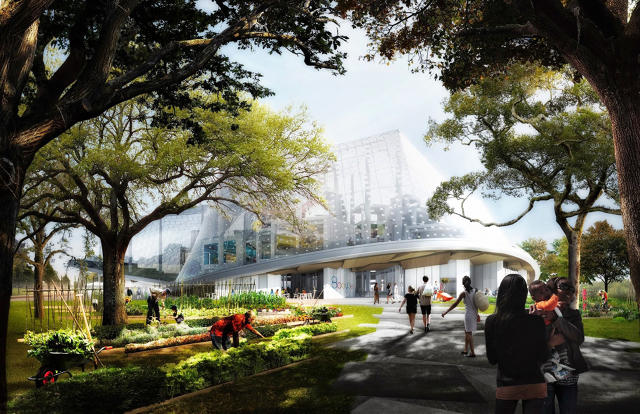
The thing I’m skeptical about is that buildings that are this large can ever "be moved around" as Google says. What do they mean by that? That it'll only cost $1 million or $10 million to shift the position of a building rather than $100 million to demolish it and build it anew?
I think the reality is, from the point of view of practical engineering, it doesn't make sense to make things movable on a large scale. But, to make them adaptable with minimal impact in terms of sustainability is very valuable. If Google wants to add a wing on, it becomes an Erector Set challenge. Rather than blowing up a building and adding on another building with concrete, you can extend or contract it as you add trees, nodes, or pods.
That’s the beauty of the tent, if you have stacks of power, plumbing, air, and data [in the tent on a permanent grid that you can attach to], everything inside could be considered furniture. I’m thinking that’s really where the idea is going to go. You can change bits of the building.
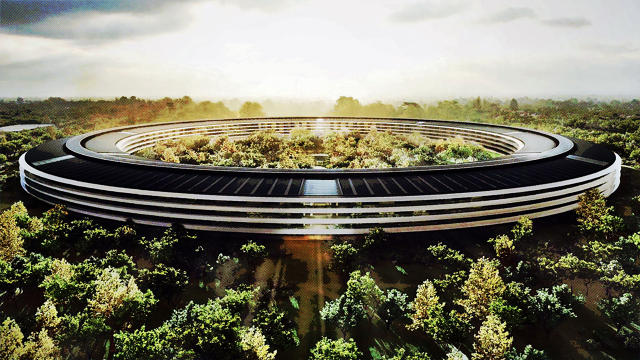
So I know, you may be biased here, but how would you compare the Google campus to what we’ve seen from Apple and Facebook?
I think it counterposes very well in Google’s favor against the Apple campus, which in our view is egotistical, and an autocratic kind of dream that has gone beyond the scale of manageability.
There’s an inherent flexibility in the organic configurations in the Google form that doesn’t exist in the severe geometry of the Apple form. That goal of sustainability is about building things that are manageable over time. That you don’t have to blow them up because they aren’t working anymore is a really positive change.
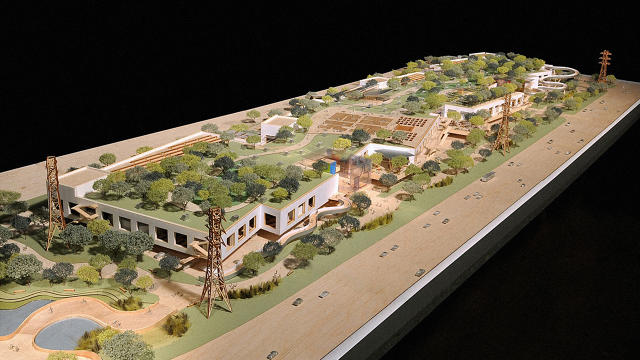
The Apple campus, I think people have lauded it because it looks sexy, but I think most people don’t understand the scale. I think everything by definition is too far away by nature. The idea of community has been strung out to things in the periphery without a center. I think it’s a kind of disaster.
* After reporting this piece, Wilkinson pulled out of the work with Google. His firm is not currently employed with the company.
沒有留言:
張貼留言